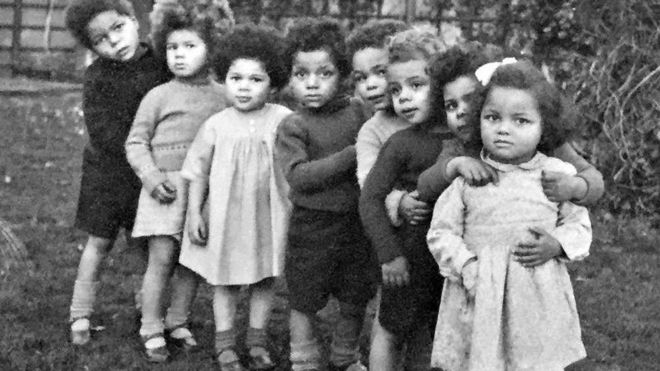“Black Wimmin Who Pass, Pass into Damnation”: Race, Gender, and the Passing Tradition in Fannie Hurst’s Imitation of Life and Douglas Sirk’s Film Adaptation
Journal of Narrative Theory
Volume 49, Number 1, Winter 2019
pages 27-54
DOI: 10.1353/jnt.2019.0001
Lauren Kuryloski, Assistant Professor of Teaching
State University of New York, Buffalo
Fannie Hurst’s 1933 novel Imitation of Life is ostensibly the story of Bea Pullman, an entrepreneurial, white, single mother who establishes a successful waffle-house restaurant chain with the help of her black maid and friend, Delilah. It is also a story of ‘passing,’ and Hurst’s only novel explicitly dealing with issues of race. The novel was later adapted into two films, with Douglas Sirk’s 1959 version the adaptation discussed here. While both Hurst’s and Sirk’s versions of Imitation of Life were met with widespread commercial success, each treatment illustrates the narratological challenges of working with the passing trope, particularly when attempting to represent the relationship between black and white characters and acts of gender and race passing. Hurst’s and Sirk’s depictions of passing, and more specifically their employment of the ‘white passing’ narrative, reveals the irresolvable paradox of all such acts. To pass is to both subvert notions of fixed identity categories and cement them, a reality elucidated by the complicated representation of gender and race passing in novel and film.
Both literary and cinematic versions of Imitation of Life interrogate passing and its potential to destabilize existing social hierarchies. Although Sirk exercises significant artistic license in his adaptation, both versions of the story adhere to the same essential narrative arc. In each text the central white female protagonist, known as Bea in the novel and Lora in the film, accomplishes a gender pass, moving into the masculinized public sphere to secure financial stability for her family. Similarly, each version of the narrative features the light-skinned black daughter of the protagonist’s maid, known as Peola in the novel and Sarah Jane in the film, who performs the traditional racial pass in an attempt to enjoy the financial and social privileges associated with whiteness. Through the depiction of these double acts of passing, the narratives construct a commentary on the very real limitations that white and black female characters face in an unequal society. Moreover, the characters’ abilities to pass into different identities suggests the inherently performative nature of all identity categories, deconstructing essentialist notions of race and gender and revealing the subversive promise such performances hold. The passing trope’s allure resides in this ability to upend static conceptions of selfhood.
Yet despite the progressive potential to disrupt normative identity codes that passing appears to offer, Hurst’s and Sirk’s texts demonstrate the inherent internal conflict of all such narratives, as passing is often suggestive of subversion while in fact reifying the very same systems it purports to undermine. Although the passer may transgress established social boundaries and upset notions of fixed-identity categories, the move across identity lines simultaneously grants authority to binary constructions of identity. This paradox is at the heart of any act of passing and serves as the primary conflict in both novel and film. The characters in Imitation of Life may achieve varying degrees of financial or material success by passing, but their success is fleeting and mitigated by the system of narrative punishment that is doled out for their actions. While the texts toy with depicting race and gender identity as social constructions to be both challenged and performed at will, both the novel and film conclude that such performances are but imitations of real life, even when ‘real life’ is simply an adherence to essentialist race and gender roles. My work offers an analysis of this punishment and (occasional) reward system through a study of the way in which acts of racial passing are used in the service of moving the white female protagonist toward either her ultimate narrative chastisement (in the novel) or her redemption (in the film), demonstrating that passing relies on the maintenance of normative social hierarchies.
Both Hurst’s and Sirk’s versions of Imitation of Life have received significant critical attention, and the genre of passing has itself been the subject of sustained scholarly debate. However, while both the novel and film…
Read or purchase the article here.





